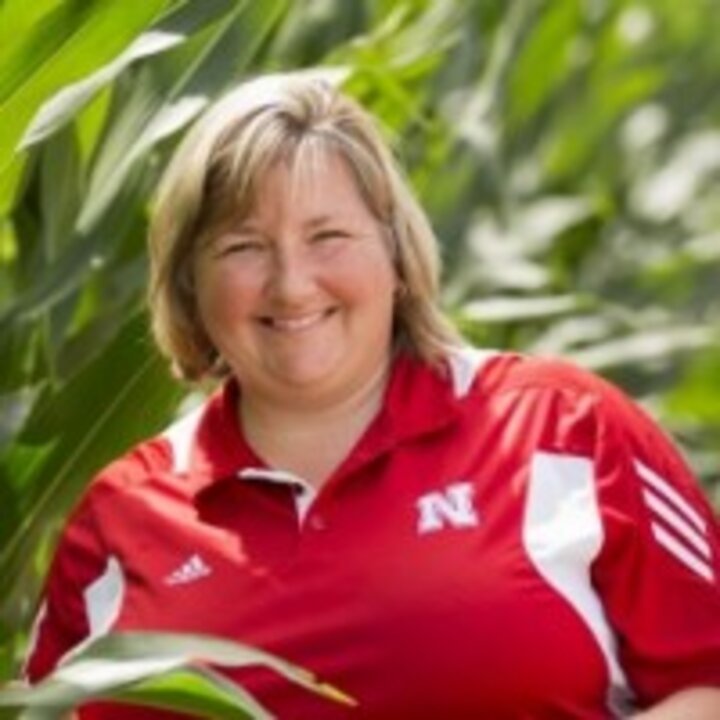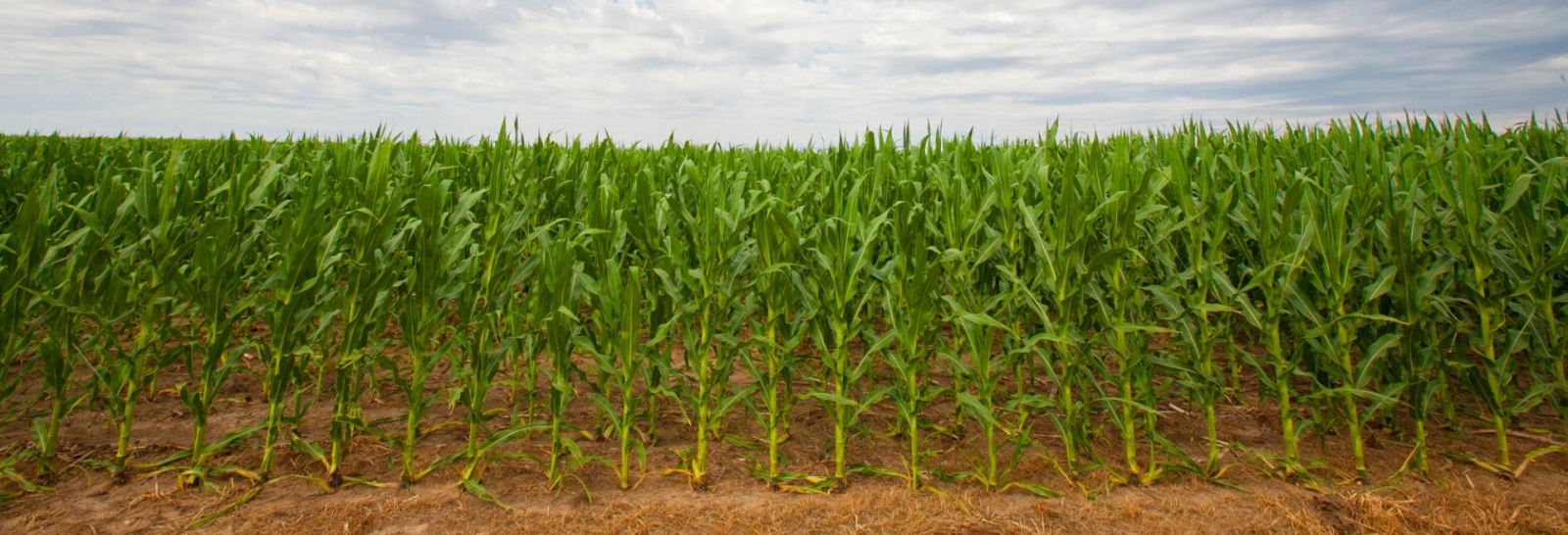With the ability to produce 25,000 seeds or more, female Palmer amaranth plants can cause a headache for producers during corn harvest. Learn more about how to distinguish female plants from their counterparts, and techniques for mitigating seed dispersal in this episode of N Field Observations with Nebraska Extension Weed Management Specialist Amit Jhala.
Follow the links below to listen to this episode on your favorite platform:
YouTube YouTube Twitter Twitter


/>
A product of Nebraska Extension, N Field Observations is a weekly podcast where UNL professionals share their field observations in brief segments, highlights specific topics and issues occurring in agriculture.
/>
The N Field Observations Team

Amy Timmerman
Water and Integrated Cropping Systems Extension Educator
Holt County Extension
atimmerman2@unl.edu

Aaron Nygren
Water and Integrated Cropping Systems Extension Educator
Saunders County Extension
anygren2@unl.edu

Todd Whitney
Water and Integrated Cropping Systems Extension Educator
Phelps County Extension
twhitney3@unl.edu

Wayne Ohnesorg
Extension Educator, Entomologist
Madison County Extension
wohnesorg2@unl.edu

Steve Melvin
Irrigated Cropping Systems Extension Educator
Merrick County Extension
steve.melvin@unl.edu

Chuck Burr
Water and Integrated Cropping Systems Extension Educator
West Central Research, Extension and Education Center
cburr1@unl.edu

John Thomas
Water and Integrated Cropping Systems Extension Educator
Box Butte County Extension
jthomas2@unl.edu

Dylan Mangel
Extension Plant Pathologist
UNL Department of Plant Pathology
dylan.mangel@unl.edu

Tamra Jackson-Ziems
Extension Plant Pathologist
UNL Department of Plant Pathology
tjackson3@unl.edu

Amit Jhala
Extension Weed Management Specialist
Department of Agronomy and Horticulture
amit.jhala@unl.edu

